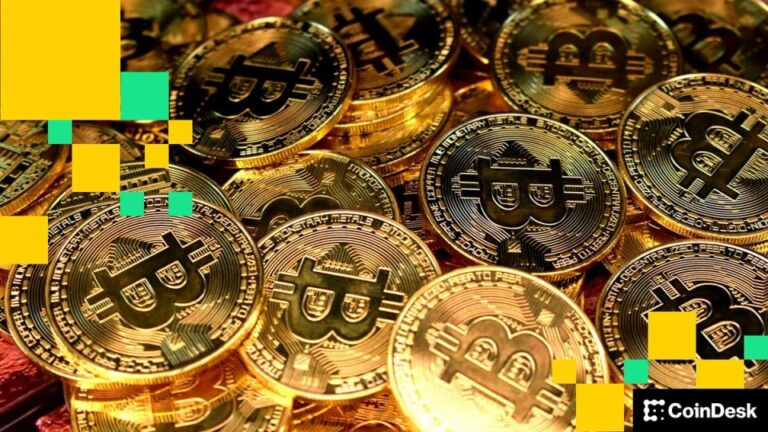Introduction to XRP Ledger
The XRP Ledger (XRPL) is a decentralized, open-source blockchain technology designed to facilitate fast and cost-effective cross-border payments. It was created by Ripple Labs and has gained significant traction in the financial services industry due to its scalability, efficiency, and robust security features. Unlike many other blockchain systems, the XRPL operates on a consensus mechanism that allows for rapid transaction processing, positioning it as a viable alternative to traditional banking systems.
Consensus Mechanism
At the heart of the XRP Ledger is its unique consensus mechanism, which differs from the proof-of-work and proof-of-stake models commonly found in other blockchains. The XRPL employs a consensus protocol that relies on a network of trusted validators to agree on the state of the ledger. This process occurs approximately every three to five seconds, allowing for transaction finality much quicker than conventional systems. The validators are independent nodes that participate in the network and help maintain its integrity. They communicate with one another to reach consensus on the validity of transactions, ensuring that the ledger remains accurate and secure.
Transaction Processing
Transactions on the XRP Ledger are processed in a highly efficient manner. When a user initiates a transaction, it is broadcasted to the network and collected into a candidate ledger. Validators then evaluate the proposed transactions and agree on the order in which they should be processed. Once consensus is achieved, the transactions are finalized and recorded on the ledger. This streamlined process enables the XRPL to handle thousands of transactions per second, making it suitable for high-volume applications, such as remittances and micropayments.
Tokenomics and XRP Currency
XRP is the native digital asset of the XRP Ledger, playing a crucial role in its functionality. It serves multiple purposes, including facilitating cross-border transactions, providing liquidity, and acting as a bridge currency for various fiat currencies. XRP transactions are characterized by minimal fees, which are substantially lower than those of traditional payment systems. The total supply of XRP is capped at 100 billion, with a portion held by Ripple Labs and the remainder distributed to the market. This controlled supply mechanism helps maintain the asset’s value while supporting the growth of the ecosystem.
Smart Contracts and Decentralized Applications
While the primary focus of the XRP Ledger is on payment processing, it also supports smart contracts through the use of the XRPL’s native scripting capabilities. Although not as extensive as those found on other platforms like Ethereum, these features allow developers to create decentralized applications (dApps) that can leverage the speed and efficiency of the XRPL. This capability opens the door for a variety of financial services, enabling developers to build innovative solutions tailored to the needs of users in the growing digital economy.
Security and Reliability
Security is paramount in any blockchain network, and the XRP Ledger incorporates several measures to ensure the integrity of its data. The consensus protocol, by design, makes it resistant to various types of attacks, such as double-spending and Sybil attacks. Additionally, the XRPL employs cryptographic techniques to secure transactions and protect user privacy. The network has been operational since 2012, demonstrating its reliability and robustness over time, which is a critical factor for institutions considering its adoption.
Interoperability and Future Prospects
Interoperability is a key feature of the XRP Ledger, allowing it to connect with other blockchain networks and traditional financial systems. This capability enhances its utility in cross-border payments and opens up avenues for collaboration with other digital currencies and payment platforms. As the demand for seamless, real-time transactions continues to grow, the XRPL is well-positioned to play a central role in the evolving landscape of global finance.
Conclusion
The technical architecture of the XRP Ledger presents a compelling solution for modern financial transactions. Its innovative consensus mechanism, efficient transaction processing, and built-in capabilities for smart contracts collectively enhance its appeal as a digital payment platform. With ongoing developments and a focus on interoperability, the XRPL is poised to make significant contributions to the future of finance, paving the way for a more connected and efficient global economy.

